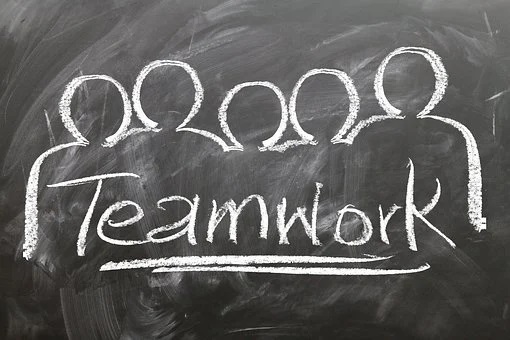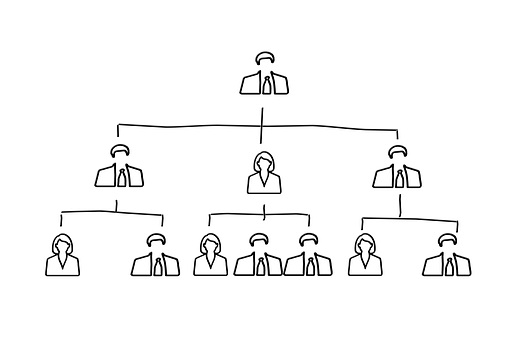Anyone who reads my posts knows that my passion is developing high-performance HR departments to support high-performance organizations. HR has the power to influence the corporate culture in ways other departments do not.
High quality-low cost
In the healthcare arena, we define high-performance as being “high quality, low cost“. It is as simple as that. By meeting those two goals, an organization is guaranteed success. The high quality makes it attractive to patients, providers and third party payers. The low cost increases its competitive edge with third-party payers and increases the growth opportunities of the organization.
These two goals are achieved by pursuing “better, cheaper, faster” every day in everything that is done. Yes, it is continuous improvement by a learning organization.
Better, cheaper, and faster is not going to succeed if it is just the latest management initiative, cute motto (with cool T-shirts and coffee mugs), or philosophy of the week layered onto the organization.
Making it part of the culture
Instead, to be really successful it has to be embedded into the culture–part of what and who the organization is.
This was illustrated to me early in my career. I outlined my transition from a typical HR function to a high performance model in the two posts, “Adjustment Center Visit #1: New HR Definition“, and “Adjustment Center Visit #2: Expanded Role“.
The CEO had been promoting better, faster, cheaper” in every management and employee meeting for several months. One day he asked me to walk around the hospital with him. I was not sure what the point was, but we took off on what I thought was a purposeless jaunt.
We periodically stopped and engaged employees in conversation. While the conversations differed, the CEO asked each employee, “so, what have you done better, cheaper or faster today?”
The first employee could not think of anything. However, the second employee from Housekeeping had a ready answer. He stated that he did floor maintenance. The supplies he needed were kept in the main Housekeeping office. He spent a lot of time returning from distant wings of the hospital to obtain the supplies/equipment that he needed.
He suggested to his supervisor that it would save time to find storage space in the distant wings of the hospital. His supervisor thought this an excellent idea and had already identified two areas where this could be done.
Simple? Yes, but the employee was able to articulate some way that he had improved his job that day. The CEO reached in his pocket and gave the employee a $20 bill.
We visited 3 more employees. One Nurse Assistant was able to identify an improvement she made that eliminated an extra trip to a patient room. She was given a $20 bill as well.
On the way back to the office, the CEO told me that it was not enough to talk about being better, cheaper, and faster–it had to become a part of every single employee’s job.
Liked, disliked, or respected
It is surprising how many articles are written on why leaders and employees hate HR. I addressed this from a healthcare perspective in the post, “HR- I Don’t get no Respect!”
I believe one of the top reasons that HR has such little respect from senior leaders is due to the fact that it either operates in its own little silo divorced from the bottom line goals, or HR is ambivalent or hostile to the financial/management goals of the organization.
HR has a lot of power to impact the culture of the organization simply by its very role. The basic HR functions reach throughout the organization. Rarely is any effort made to insure that these functions are designed to further “better, cheaper, faster”. So this brings us to the issue of whether or not HR is furthering or hindering the achievement of high performance in the organization.
5 Questions
Here are 5 questions that will help determine if HR hinders or furthers high performance:
- Does the recruitment function utilize “better, cheaper, and faster” in identifying and selecting candidates? Hopefully, we are all using behavioral based interviewing. What previous experiences can candidates share that reveal continuous improvement as part of the job? What experiences have they had with teams? What hindered those teams? What examples can they give of an improvement to their job?
- Does the compensation program incorporate better, cheaper, faster in plan designs? It is easy for organizations to say their mission is quality, or low cost, but the compensation program is often “show-up” money. It is either based upon longevity, or the annual individual merit program with minuscule differences in pay. High performance organizations may incorporate larger merit pools for departments that meet or exceed productivity standards. They may include team incentives or “at risk” pay for measurable achievements. They get creative in actually linking compensation to productivity or cost reduction gains.
- What achievements receive recognition? In spite of stated lofty quality, customer service, or financial goals, recognition in most organizations is based upon either popularity, longevity, or the arbitrary decisions of patients. We have EOM (Employee of the Month) – popularity, Service Pins-longevity, and Gotcha Awards – based upon arbitrary perception of patients. While all of these serve a purpose, where are the criteria based awards? How about recognition for best process improvement, best cost-saving suggestion, 10% Club (for those teams beating productivity standards by at least 10%), work elimination awards, etc. You see where I am going –we rarely design recognition to reinforce the behavior that directly link to achieve the stated goals.
- Is two-way communication encouraged and formalized? While a lot is said about communication, many organizations only consider top-down communication–how many employee town hall meetings are held, willingness of senior leaders to answer any question, how effective management is in delivering communication from above. High performance organizations actively encourage bottom-up communication. They know that those on the front lines are the most critical. They formalize processes to identify problems for resolution and elicit suggestions.
- Are ALL employees accountable for high performance? Do job descriptions and performance appraisals hold each employee accountable for better, cheaper, faster? Does every employee “own” these goals?
These are all functions either under the control of HR (recruitment, compensation, recognition, performance appraisal, job description) or upon which the department should have strong influence (communication).
When HR aligns its functions with the high performance goals of the organization, it does a lot to embed it in the culture. HR also becomes a driver in moving the organization forward.
When there is a total disconnect between the goals of the organization and the actual role of HR, thenthe department is seen as irrelevant or even worse. This is when we get articles entitled ” Why I Hate HR”.
Don’t know about you, but I would rather be in the driver’s seat. When HR fully endorses the role of being the “experts in the utilization and management of human resources”, they will have more influence and respect than they could imagine.






